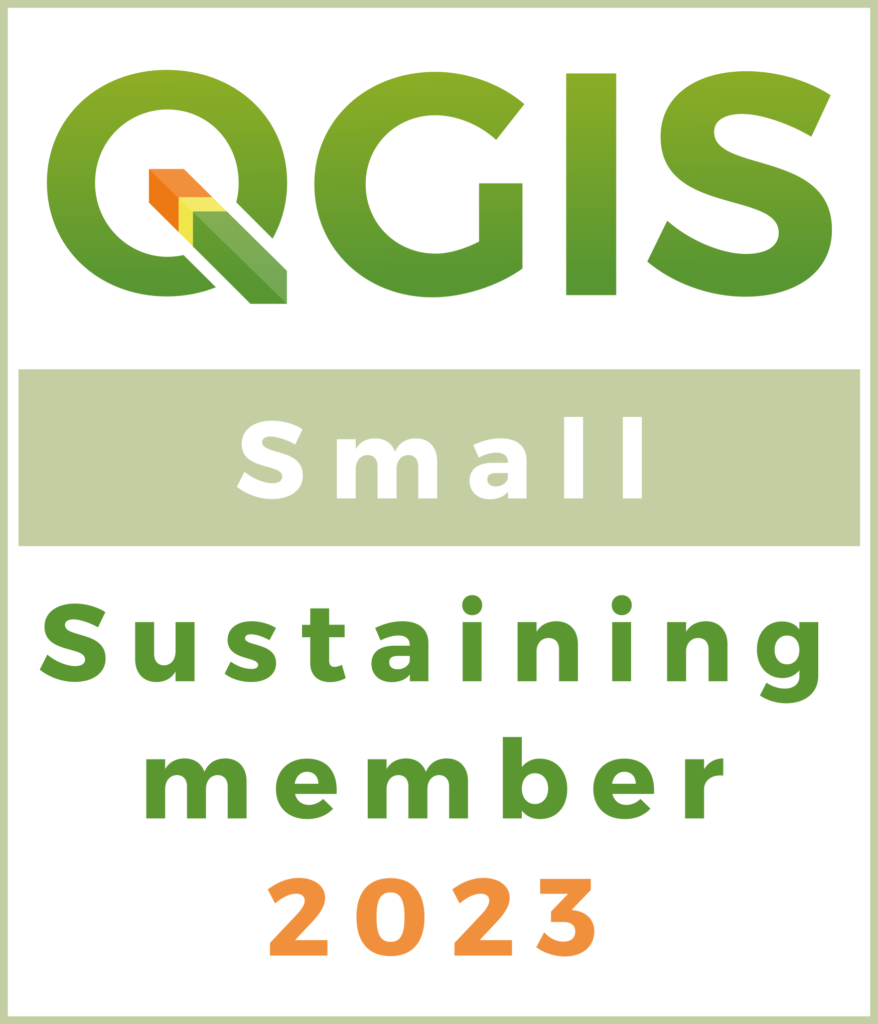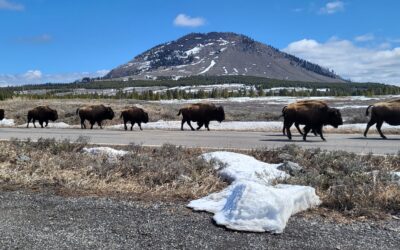Occasionally you’ll meet an e00 file. Occasionally. It happens so infrequently you’ll probably see more eclipses than you’ll run into data in that format.You might see a bigfoot before you’ll see a e00 file. I saw one. Not a bigfoot but an e00 file. Maybe I’ll see a bigfoot soon. I have hope.
Anyway, If you were around at any point during the days of Workstation Arc/INFO (before it was called ArcGIS) you worked with coverages. Coverages were (and still are in my opinion) pretty great because you had a little bit of everything in one:

A coverage could contain lines, polygons, tics, points, nodes, etc. If you wanted polygons you could just work with a line feature and then build it for polygons. If you had something you needed to digitize tics allowed your digitizing table a way to push that data from digitizing table to file. Nodes are vertices – but if I remember you could attach attributes to your nodes. It was fun times. Occasionally they did corrupt and much like the shapefile it was more than “one file”. You had a INFO directory that traveled with your coverage (which was a directory). Giving it to someone could get tricky.
 So what if you wanted me to send you a coverage? How do I get to you an INFO directory (full of data files for everything in that workspace) and your specific coverage (full of more files)? Maybe you just wanted streams or roads or buildings? That’s when you created this wonderful thing called an e00 file. You executed a command that I can’t remember which was probably called export and dumped your data to an e000 file. You would then issue an import command to ingest that file. This was pretty common 20 years ago.
So what if you wanted me to send you a coverage? How do I get to you an INFO directory (full of data files for everything in that workspace) and your specific coverage (full of more files)? Maybe you just wanted streams or roads or buildings? That’s when you created this wonderful thing called an e00 file. You executed a command that I can’t remember which was probably called export and dumped your data to an e000 file. You would then issue an import command to ingest that file. This was pretty common 20 years ago.
…..and you’ve never seen an e00 file. They are still around. Last week I had a link going back to a USGS/State of California website talking about earthquake faults. There was e00 data provided for download. So what did I do now that I’m not actively in the ArcGIS world?
I re-discovered a tool I had forgotten about at http://avce00.maptools.org/. I won’t go through the entire process of getting that tool to work but I had packages for Ubuntu and they have precompiled binaries for Windows. One command from a terminal (no gui here) avcimport county.e00 <insert random name here> (Example: avcimport countye00 randy) and you have a coverage again. If you use the open data source manager with QGIS and select directory you can open the coverage.

If you don’t want to deal with another program – GDAL to the rescue. On a wild hair I actually just typed the following: ogrinfo -so -al county.e00. I got this back in return:

I now know from looking at the info I’ve three layers in the e00 file: Lines, Points, and, Polygons. Whether there is data in the layers is another question.
One more run: ogr2ogr <directory_name> county.e00 (which I actually ran ogr2ogr randy2 county.e00) and I received a directory full of shapefiles. Which I know I’m probably going to get some truncation but I can at least see what’s in the file.
Success – a format which seriously hasn’t been used hard for 20+ years can still be cracked open and data extracted. That should rate pretty high on the list of things that are awesome. Resurrecting old data from the mid 90’s is a glorious thing.
Now to go find a bigfoot………




